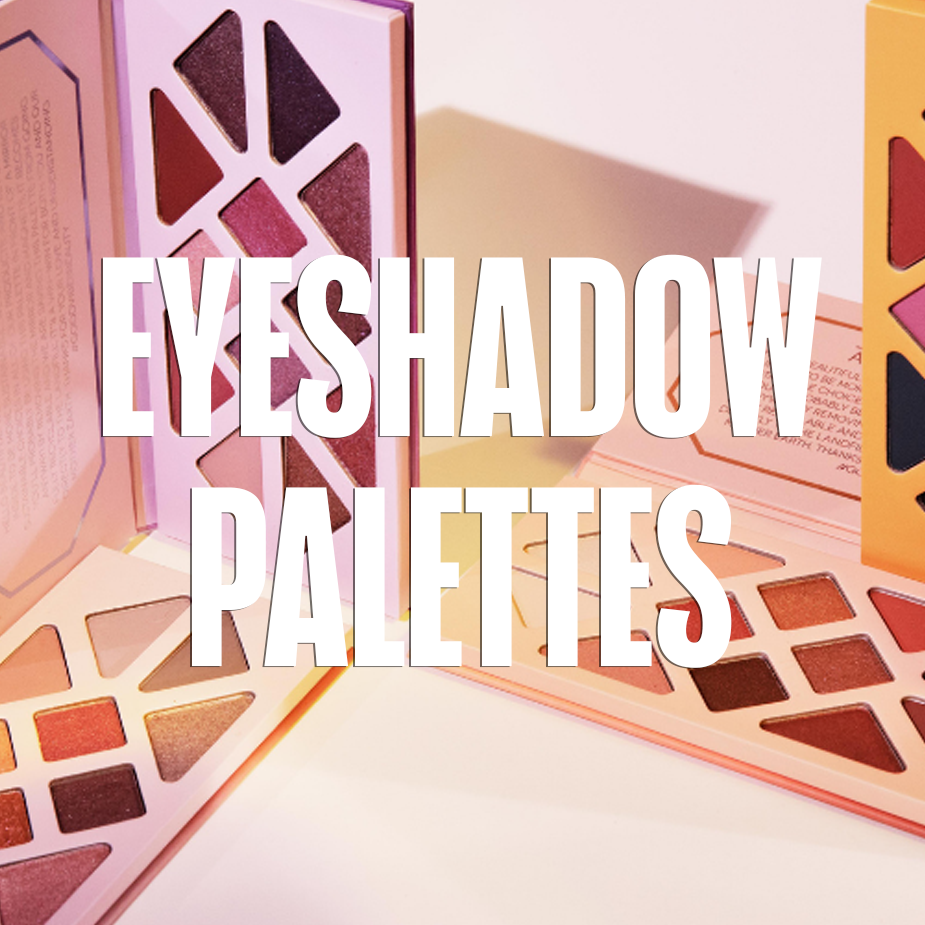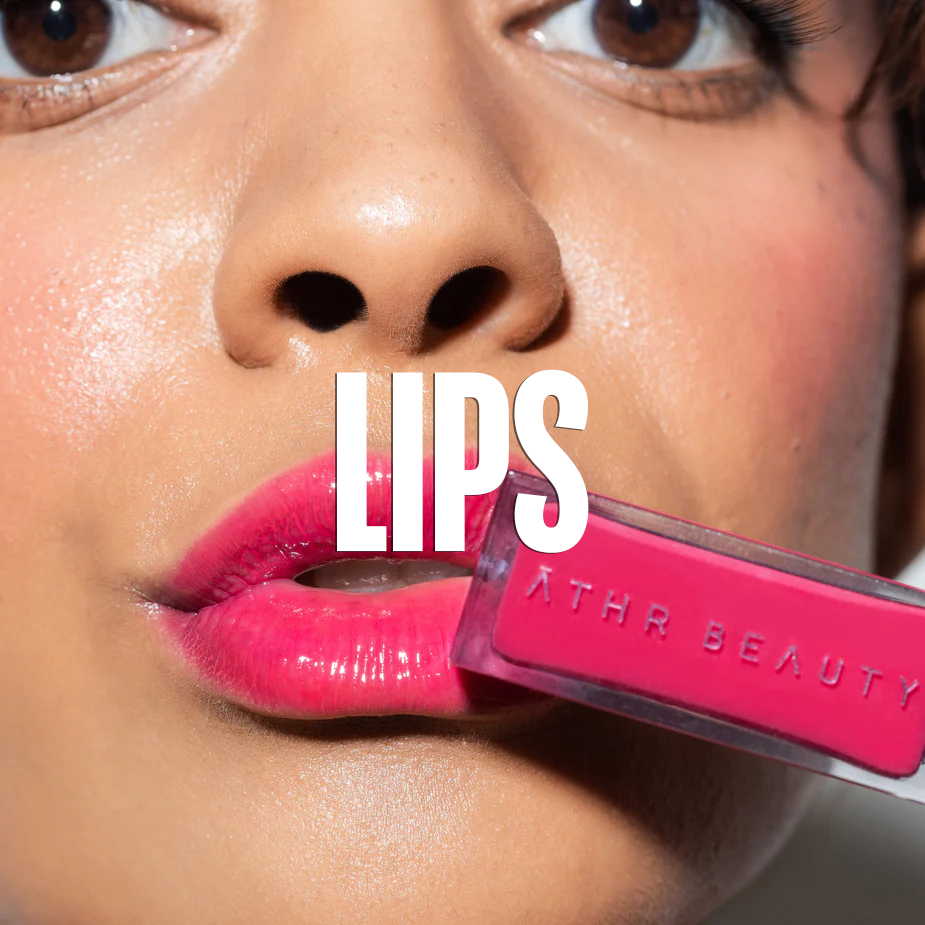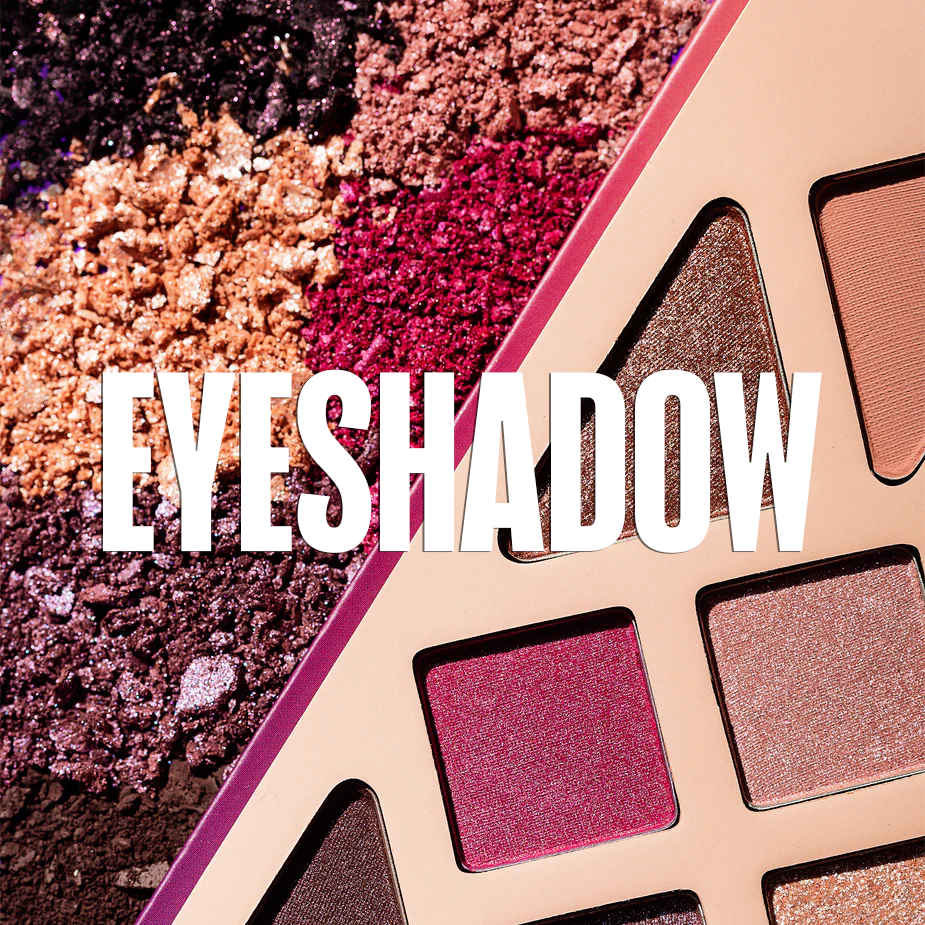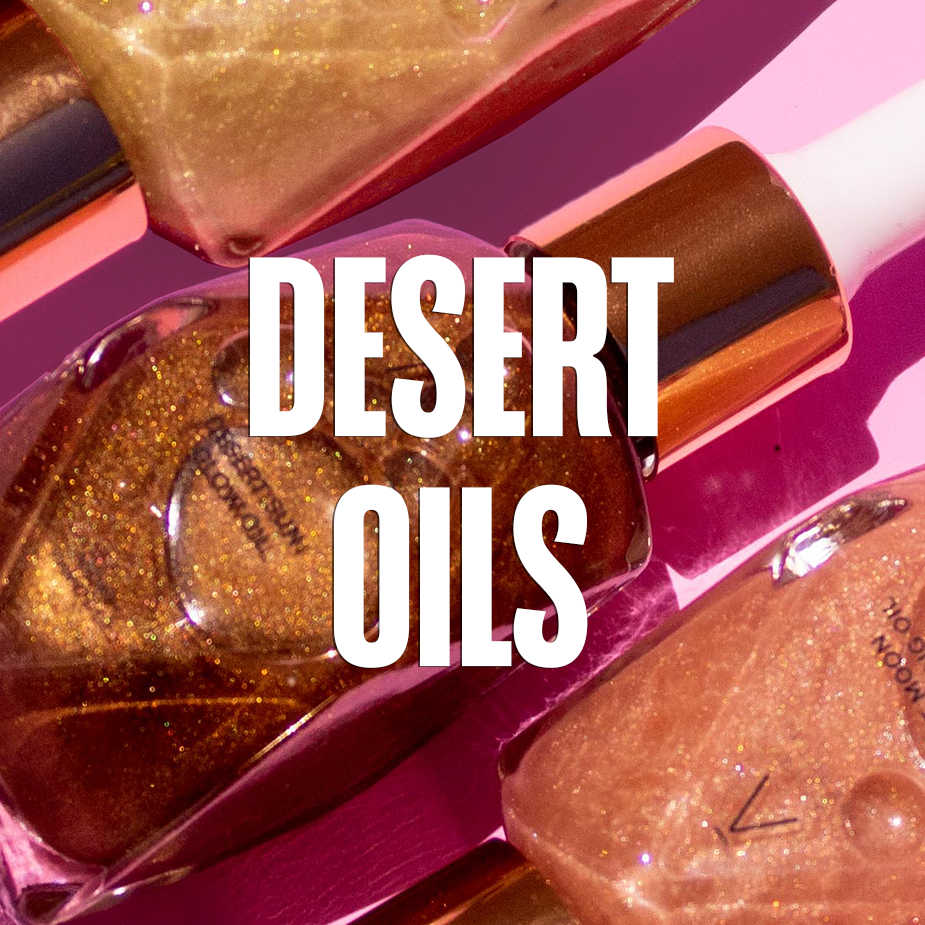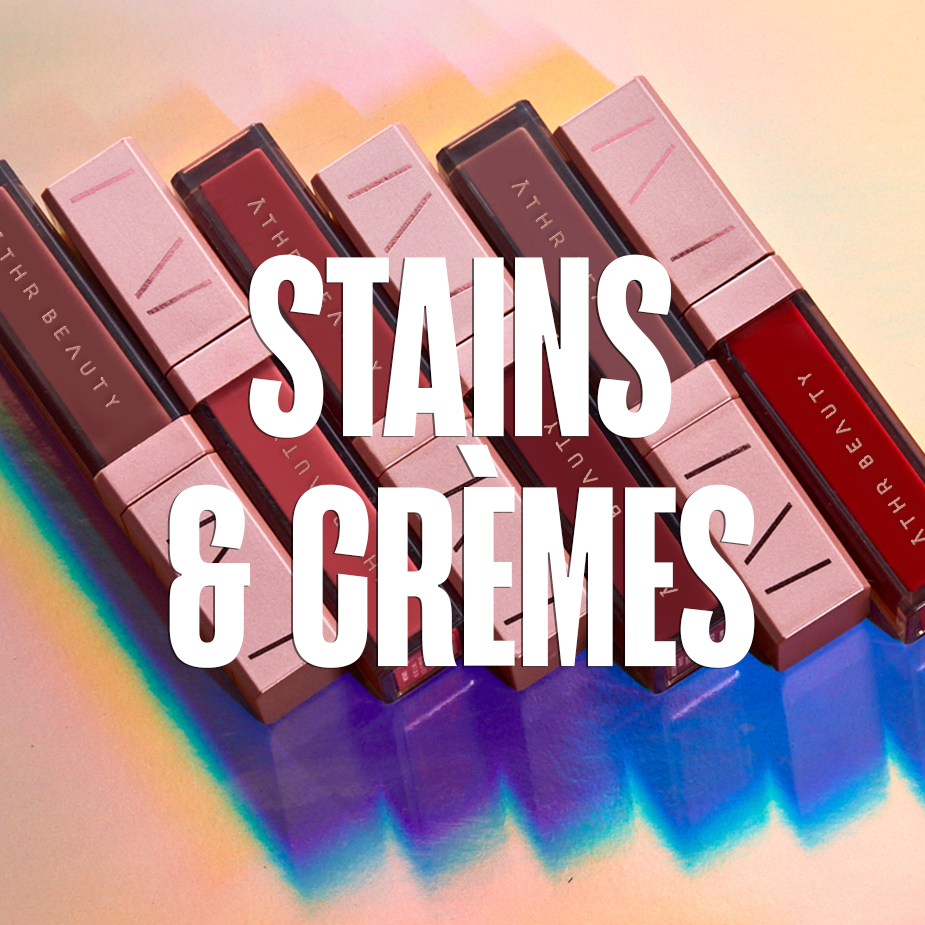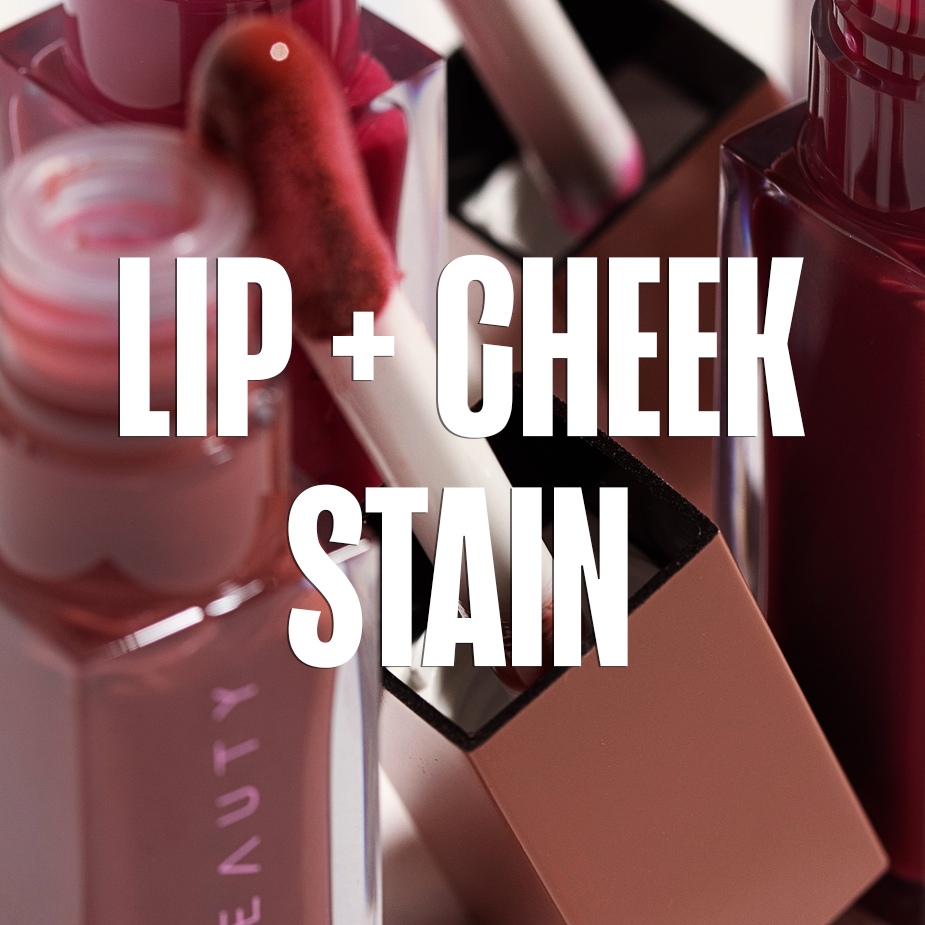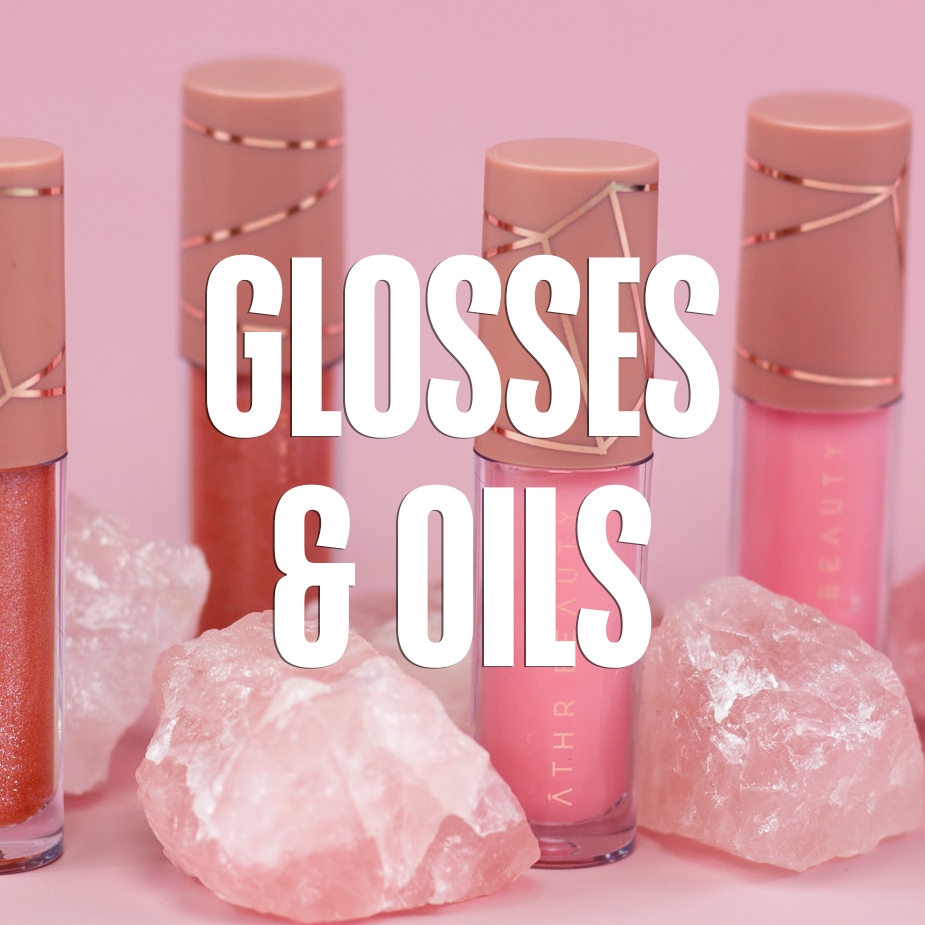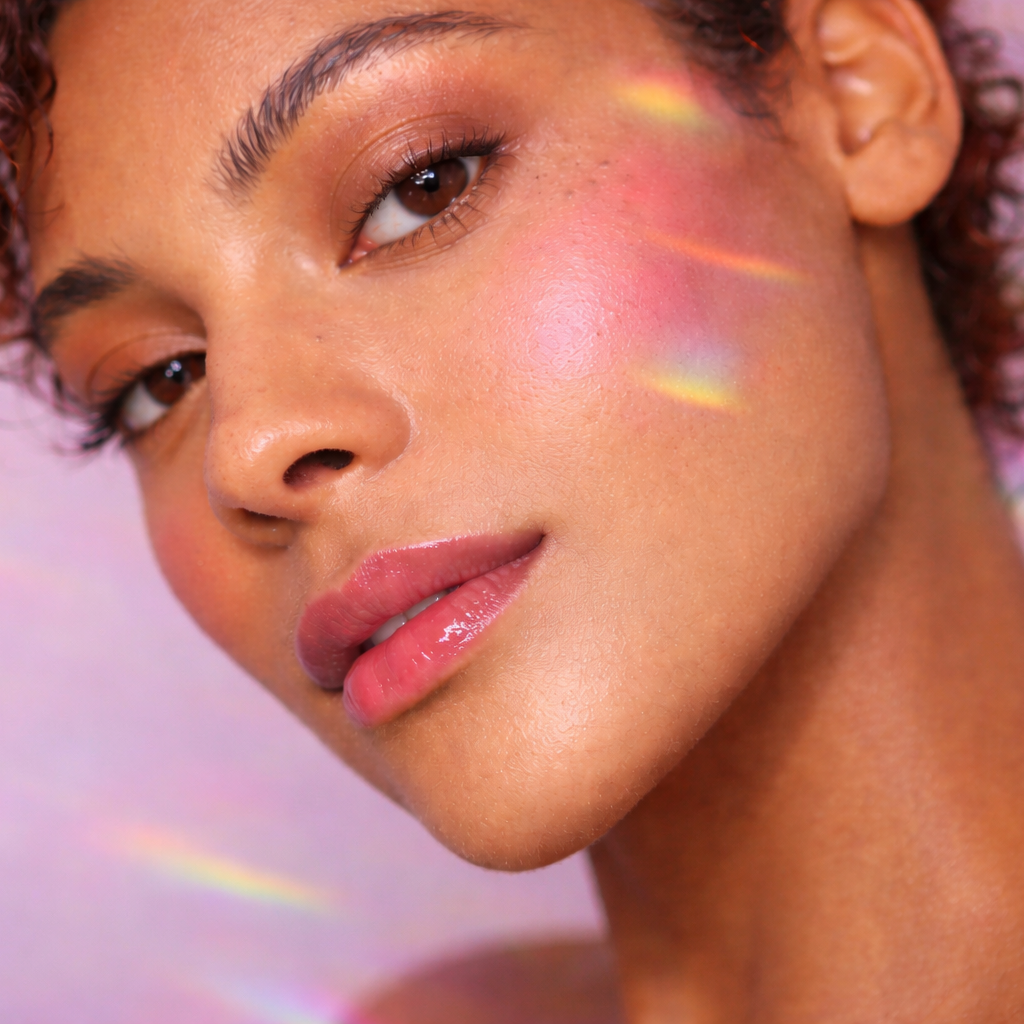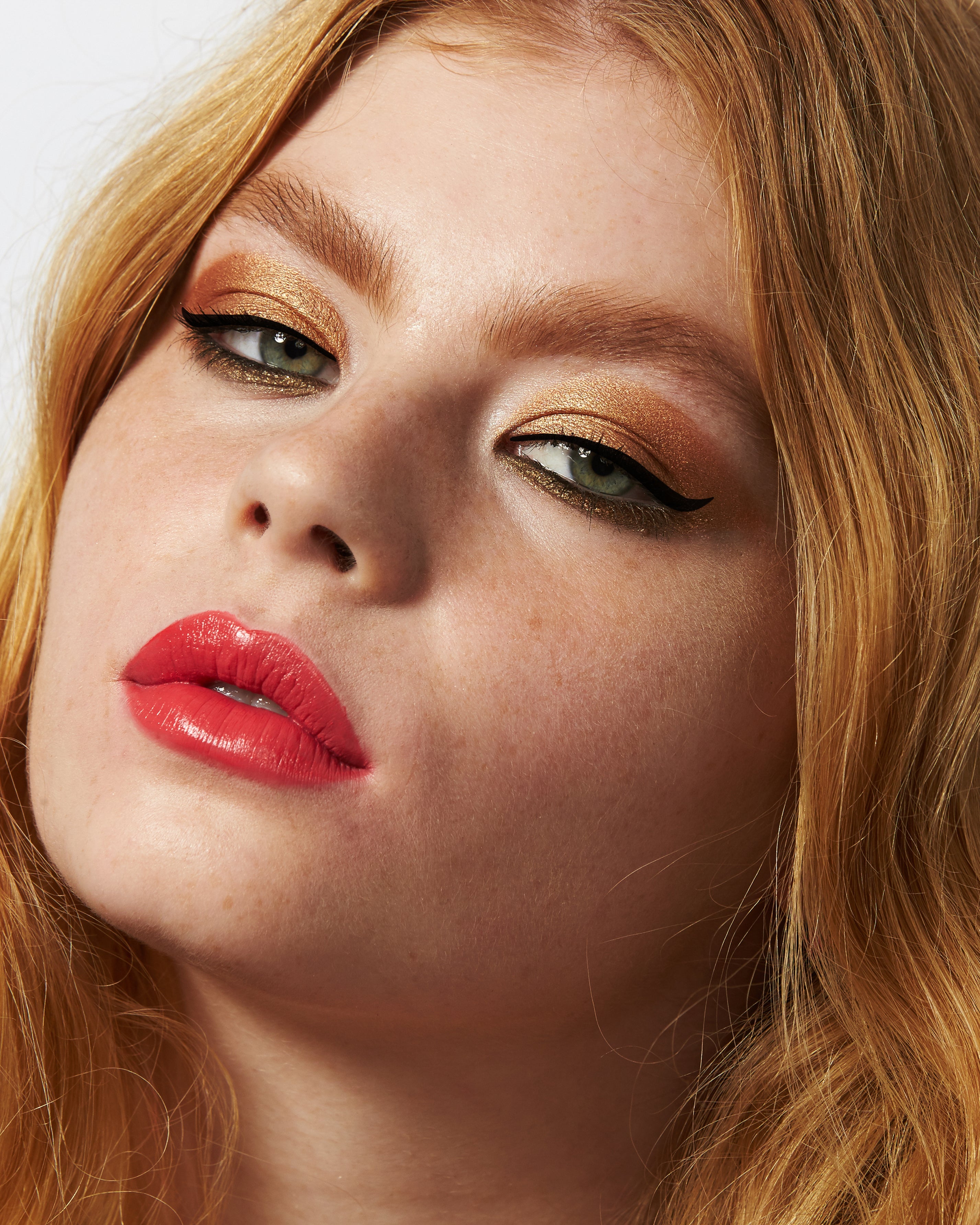In the year since we launched the world's first zero-waste eyeshadow palette, we've seen a major shift in consciousness around packaging and waste. Consumers, companies, and government are starting to ask questions and take action with movements like #plasticfreejuly. And that is a great step in the right direction!
We're here with tips and truths for your Plastic-Free July (and beyond). Keep reading for:
- Why This Movement Matters
- The Truth About Recycling
- How To Cut Down Your Plastic Usage
- Recycling Tips + Truths
Why Does This Matter?
So far we've created 8.3 BILLION metric tons of plastic around the world. And 79% of this is sitting in landfills or filling up the ocean. The plastic-heavy cosmetics industry alone makes up 1/3 of this landfill space and produces over 120 billion units of packaging every single year!
Just think about your average lipstick, mascara, or eyeshadow for example. Each one is encased with an unrecyclable hard plastic case and another trash-bound box or plastic sleeve. That's 2 items headed to the landfill for every beauty product you have (multiped by the 40+ products you buy regularly). Then think about haircare, skincare, cleaning products, food, and drinks. It's a truly stunning amount of plastic when you think about it.
Because of our reliance on plastic, it's predicted that by 2050, the oceans will contain more plastic waste than fish. When our young children become adults, they'll be swimming in a trash can ocean. And the effect on sea life will be catastrophic.
We as a society need to consider whether it's worth trading off some convenience for a clean, healthy environment, –Roland Geyer, Industrial Ecology Professor, University of California.

The Truth About Recycling Today
Most of us have good intentions – we try our best to recycle everything we think can be repurposed – plastic, paper, glass, cardboard. The truth is though; recycling rates are still at only 9% in the US. And the bigger problem? Most of the 9% being recycled still ends up in the landfill!
How is that possible? Well, a little backstory: up until a couple of years ago, we were selling most of our recycling to China. Millions and millions of tons of it. When the shipments landed in China, low-paid workers sorted, cleaned, and repurposed the materials into new consumer goods.
A couple of things have changed recently:
- China, the major buyer of our recycling, has stopped accepting the majority of our waste. Without a buyer for these materials, cities are dumping much of our recyclables into the landfill.
- After China all but closed its doors to our waste, we approached new countries like Malaysia, India, Taiwan, and Vietnam to buy our recycling. In a short time, however, these countries have also started rejecting our waste.
- Now that we're dealing with our own recycling, we're realizing that a huge chunk of it is actually extremely difficult or impossible to recycle. Whether it's due to mixed materials, contamination, or the type of plastic, it can't be repurposed. And it turns out China was doing the same: keeping a small amount and throwing away the rest.
The truth: after decades of consuming and disposing, there's nowhere left for our waste to go. We only have so much space on this planet, and soon we'll be living alongside our discarded wrappers and plastic cups.
What Can We Do?
Considering that even recycled materials are now winding up in landfills, we need to make a change as consumers:
- The most impactful thing we can do is to change our buying habits – eliminating plastic and choosing sustainable materials instead. We have so much power as consumers – companies will only produce what we buy.
- Next best, is learning the ins and outs of recycling. If we can effectively sort our materials and prepare them properly, the chances of them being repurposed are much higher.
Keep reading for tips on how to reduce your plastic usage + recycle plastic that's still in your life.
How To Reduce Your Plastic Usage
Saying goodbye to plastic will take some planning ahead and a few extra items to bring with you, but it's a small price to pay for a clean planet.
To start, take an inventory of all your everyday items and decide where you can eliminate plastic and waste. And for the next month, track how much waste you are creating. Get a small bin and challenge yourself to limit your waste to just that bin. And then keep reducing further as you go!
Start with food, drinks, and shopping bags:
- Bring reusable bags to the grocery store, malls, and on all your shopping stops.
- Bring your own water bottle everywhere you go.
- Bring a thermos for hot coffee and iced cup for iced drinks.
- Get friendly with the bulk section! Bring reusable (glass) containers to fill with nut butters, seeds, grains, nuts, spices, grains, cereals, treats, flour/sugar/baking items. You can reduce so much waste in just this one section! For more info on how to shop zero-waste in the bulk section: check out this great post.
- Visit Farmers Markets for non-bulk items like fruits and veggies. If you're at your local grocery store, forego those plastic bags – those are the worst (never recyclable). A more sustainable option is cotton mesh produce bags – and they'll keep your goodies fresher longer!
- Make your own at-home version of heavily packaged, often non-recyclable items like non-dairy yogurt and plant-based milk. Both are surprisingly easy.
Next, review your bathroom and makeup collection:
- Do you truly need every product you have? Can you limit your re-purchases to just the items you love and use constantly?
- How can your beauty products multitask? Ex: using eyeshadow as blush, highlighter, eyeliner, or even as a brow filler?
- Look for sustainably packaged versions of your essentials.
- Before discarding empty makeup containers, see if you can find another use for them. That empty face cream jar could hold a DIY face mask or makeup remover!
- Replace disposal items like cotton pads with washable cloths.
- Buy natural bar soap from the Farmer's market or local store that comes sans packaging. Wrap in a cotton bag or tea towel for the ride home.
- Buy zero-waste and recyclable cosmetics. Learn more about our zero-waste packaging on our blog.

Around the house:
- Find stores that sell bulk laundry detergent and dish soap. Bring your own containers and say goodbye to all that plastic.
- Try making your own household cleaners! Not only will you skip the packaging, but you'll have a great non-toxic cleaner. A great solution is bicarb soda, clove oil, and vinegar paired with washable cloths.
- Swap paper towels for reusable cloths and plastic wrap/baggies for glass containers. Or just put a plate over your leftovers! #keepitsimple
Rethink your closet:
A surprising fact: about 60% of our clothing is made of fibers that come from plastic including nylon, acrylic, and polyester. When washed, these fabrics shed plastic microfibers that end up in our waterways and oceans. What you can do to limit this:
- Shop secondhand. There are so many beautiful consignment stores with ultra-unique finds that cost less than new. Did you know that when new clothing arrives at a store, each item is usually individually wrapped in plastic? That can be 100s or 1000s of plastic sleeves in every shipment - crazy, right?
- Have a clothing swap with your friends! Or look for one near you. Not only will you find great new items but it's a lot of fun.
- Only buy clothes and shoes you truly love. Anything you're so-so about, leave it at the store. When buying new, look for sustainable, non-plastic options – clothes you can feel good about!
The biggest way to reduce your plastic use overall is to consume less. Get more intentional about what you're purchasing – buy fewer, higher quality, sustainable items that you need or just truly love.
How To Recycle What's Left
While the ultimate goal is #plasticfree, it's a process and can take time. So while we're making the switch, it's super important to know:
- Which plastics are recyclable, and
- How to prepare recycled materials before throwing them in the bin.
Here are some tips about plastic recycling at home/work:
1. Separate Different Materials
Even if all individual components of an item are recyclable, unless they're taken apart before going in the recycling bin, that item ends up in the landfill.
An example: our Eyeshadow Palettes are 100% recyclable, however, you still have to remove the metal eyeshadow pans from the palette before recycling. Also, any leftover shadow must be cleaned out.
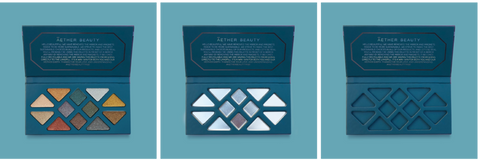
Why?
Different companies collect each raw material: metal, plastic, paper, etc., and there is no one separating items to their individual components. So, if the item goes in the bin without being separated, it goes straight to the landfill.
What you can do:
Separate components where it's possible to do so. And try to purchase single material products/packaging whenever you can.
2. Make Sure Your Recycled Materials Are Clean
Why?
These post-market buyers won't take recycled material that is dirty or 'contaminated.' If they have to clean it, it goes to the landfill. China, for example, is now only accepting materials that are 95% contamination-free.
What you can do:
Wash all plastic containers before recycling. For paper food containers, you cannot recycle them once there's food residue on them. You can compost them, however!
3. Not All Plastics Can Be Recycled - Look For The Numbers
Why?
If you look through the average household (or workplace) recycling bin, you'll find countless unrecyclable plastics inside. There are many different types of plastics and only a few are recyclable. Also, if an item is made up of multiple different plastics, and one of them is not recyclable, this renders the whole item trash.
For example, the pumps you see in cosmetic and skincare products are made of several different plastic compounds and so cannot be recycled. Avoid products with pumps wherever you can - it might be less convenient, but it's one less piece of waste!
What you can do:
All plastics are labeled with a number from 1-7, usually on the bottom of the container. These numbers tell you if the item is recyclable or not. Look for them when you're shopping and try to avoid the unrecyclable plastics:
Always Recycle
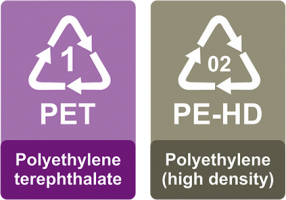
- #1 – Water bottles, soft drink bottles, juice containers.
- #2 – Milk jugs, cleaning + detergent bottles, shampoo bottles
Not Recyclable

- #3 – PVC, vinyl, food wrap, fruit trays.
- #4 – Plastic wrap, plastic bags, bread bags.
- #6 – Polystyrene (styrofoam, toys, disposable cutlery, insulation)
- #7 – Consumer goods made with thicker plastic (sippy cups, multi-gallon water jugs)
Sometimes Recyclable
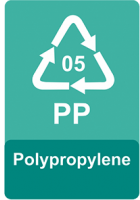
- #5 – Disposable cups and plates, certain cosmetic containers.
4. Use Terracycle For Hard-To-Recycle Items
Terracycle is a recycling company that specializes in difficult-to-recycle items. They work with cities, individuals, manufacturers, and businesses like Credo Beauty to reuse, upcycle, or recycle items that would otherwise be landfilled. An extra incentive: you earn rewards for your waste, which can either go towards buying products or to a charity of your choice.
This program is a beacon of light in the world of recycling - participate in one of their already established programs or start a collection point of your own!
The Good News
While there's still a long way to go, there has been some definite progress in the last few years. Governments in Canada, the EU, and India are in talks to ban single-use plastics in the next 2-3 years. Many cities in the US have partially or fully banned plastic straws, San Diego has banned all styrofoam products, and the US government has plans to clean up plastics in the ocean.
Let's celebrate these steps while working for more in our own lives and encouraging companies, governments, and our friends to bring plastic pollution to an end.
Thanks for reading and contributing to a #plasticfreejuly and world! Leave your questions or plastic-reducing tips down below <3
– ĀTHR Beauty xo



